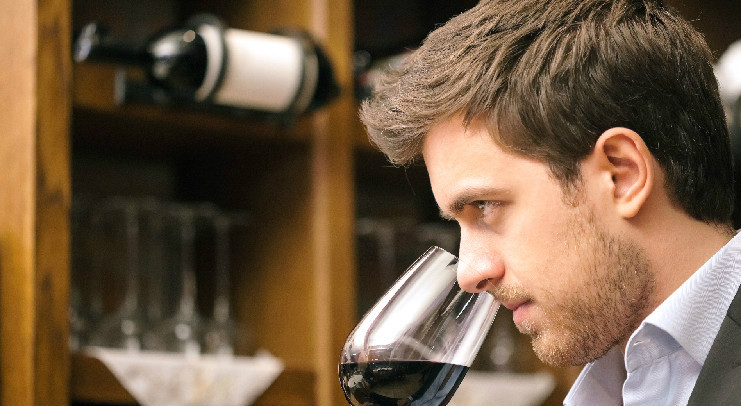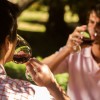The world of wine has its jargon. To understand it, is to understand a little more about wine.
Each world has its own language. And the one of wine, judging by the number of words used to speak about it, must be at least ten worlds rolled into one. Of them all, the most inaccessible must certainly be the technical universe that remains the dominant jargon among connoisseurs. Abundant in curious concepts and rare words, these are the ones that need to be known so as not to be left out in the cold. (or indeed to belong and leave the rest out!).
Bleeding off the wine. A widespread technique among winemakers to concentrate the wine, espe-cially in varieties such as Malbec and Bonarda, in order to get deeper concentration, colour and flavour from the wine. It basically consists of altering the relationship that exists naturally between the skins and the juice of the grape. It´s very simple: just remove a portion of the pool -10, 20 or 30 per cent of the juice of the grapes before starting fermentation without removing skins and nothing is done to increase the proportion of solid matter. Its flip-side is that if the grapes are not perfect, its flaws are also concentrated.
Volatile acidity: this name is part of compounds derived from microbiological fauna inhabiting the wine during fermentation – as yeasts or bacteria. In moderation, they provide a trace of flavour and complexity. In excess, the wine smells like vinegar and nail polish. Considered a defect, recently the topic of volatile acidity has returned to the debate, because many great wines, aged in oak, often have a “volatility” above standards. Winemakers have taken sides, for and against.
Flor vs press: not a poetic concept, but a fairly simple image seeks to differentiate the quality of wine by the level of pressing of the residue after fermentation is complete. At the devatting stage it is called flor. At rest, first, second or third press. The difference between is hardness, since at higher pressures, harsher chemicals are obtained. If a winemaker talks of flor wine, he is speaking of the best wine he could extract from the grapes.
Brett, to his friends: the unicellular fungus known as Brettanomyces, which is often colloquially referred to as “Brett”, is causing a deep discussion today in the wine industry. On one hand there are those who argue that the infection is part of the microbiological nature of the wine so at low levels the presence of these compounds has a positive effect on wine, contributing to complexity, and giv-ing an aged character to some young red wines. On the other hand, some argue that as the fungus kills the fruit flavours, in the country of the fruit it is a serious defect and the wine cannot be saved, because it has a pungent, rancid smell. A matter of taste, the debate is still open.
Maceration. It sounds like science fiction, but in reality it is nothing but the process of soaking the grape juice with the skins for a certain time, 6, 12, 24 hours or more,without starting fermentation. For this the temperature is kept very low, and the result is that the must takes on more aromatic pre-cursors, without removing the roughness of the grapes. This technique is widespread for high-priced wines, because it allows for elegance and expression in the short term.
Yeasts: indigenous vs selected is one of the favourite themes of winemakers. It happens that for purists of the terroir, the wine fermenting yeasts can only come in the skin of grapes and thus fully represent the nature of their origin; for those who want wines that do not fail, constant and identical, lab selected yeasts are like, the be all and the end all, which can obtain the same product year after year. Winemakers are divided as in a Boca-River match!
Clones and varietals; one of the concepts that will win the contemporary scene is the clone. A sort of super-varietal in the sense that it develops some characteristics of varieties over others – the clone is a variety selected and commercially propagated in nurseries. Thus, a Pinot Noir clone 777 is a specific form of Pinot, giving full bodied, fruity and aromatic warmth in the palate; while the 115 produces mainly fruit flavours and lightness. Today each variety has its clones. And that will be the new “conceptual toy” of the specialists.
Ageing: refers to the oenological work done by oak containers, softening the pace and quietening the tannins until smooth. The technique greatly increases the price of the product and demands con-stant investment. This season the concept will once again be key, but in reverse: importing oak bar-rels is not easy in this context. Alternative treatments – such as micro-oxygenation and adding oak chips – will also be called “ageing.”
Source: Vinómanos



